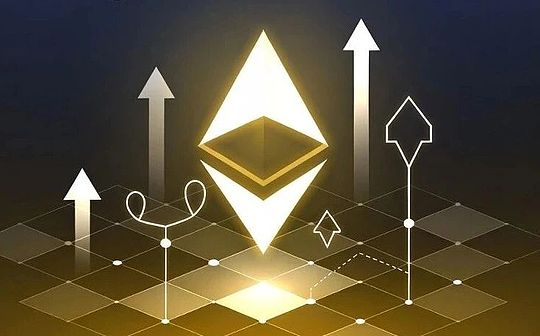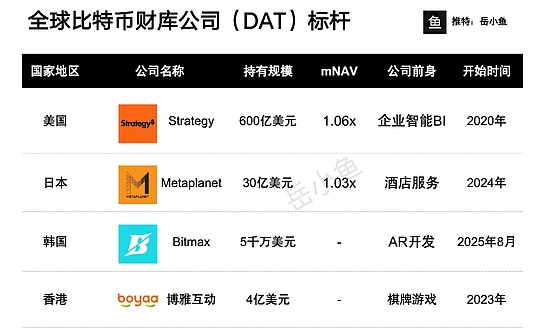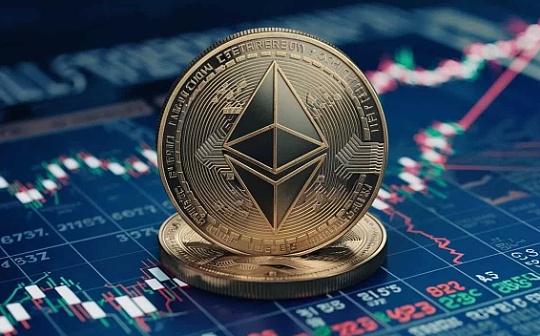
Author: Vince Quill, CoinTelegraph; Compilation: Wuzhu, Bitchain Vision
Anurag Arjun, co-founder of Avail, Unified Chain Abstract Solutions, saidEthereum focuses on scaling through multiple Layer 2 networks, each with its own transaction processing speed and parameters, which could bring an unlimited number of unique high-throughput chains to the network.
In an interview, Arjun admitted thatEthereum and its high-throughput competitors with monolithic architectures are fundamentally different products.However, Ethereum’s choice to scale with a large number of L2 solutions gives it an overlooked quality:
“The undervalued advantage of this summary-centric roadmap architecture is that it allows multiple teams to try different execution environments and different block times.”
This allows multiple high-throughput sidechains to emerge, not just a single architecture on any single chip layer 1, the executive added.However, Arjun warned thatWithout true interoperability, switching between L2 will still be as complex as bridging assets between different blockchain ecosystems.
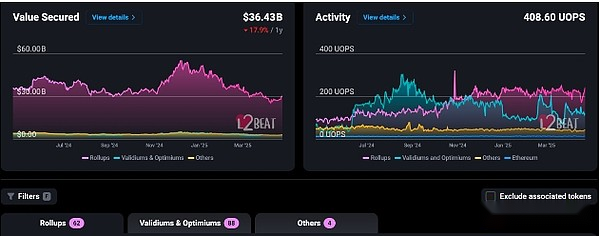
Overview of Ethereum Layer 2 Ecosystem.Source: L2Beat
The view of Avail’s co-founders is contrary to those of many who criticize the Ethereum L2 central approach, who believe that the network’s scaling solutions will isolate liquidity and ultimately corrode the underlying layer.Ethereum critics believe thatL2 was one of the main reasons for the poor performance of Ethereum prices last year.
Ethereum fees drop to their lowest level in five years
In April 2025, the fees for Ethereum Layer 1 network fell to its lowest point in five years, with an average transaction fee of about $0.16.
Brian Quinlivan, marketing director at Santiment on-chain analysis, saidLower fees indicate a decrease in demand for the underlying layer and a weaker investor interest in Ethereum.
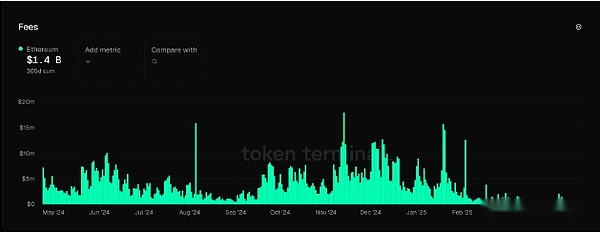
In the first quarter of 2025, the daily transaction fees of the Ethereum network fell sharply.Source: Token Terminal
Quinlivan wrote in an April 16 blog post:“The substantial reduction in fees coincides with the reduction in the number of people sending ETH and interacting with smart contracts.”
Santiment executives added that these smart contract interactions include transactions across digital collectibles such as decentralized finance, non-fungible tokens (NFTs), and other digital asset areas.
The decline in Ethereum’s basic layer transaction fees and the decrease in retail interest have also led many institutional investors to significantly cut Ethereum allocation and issued revised price expectations for digital assets with the second largest market capitalization.

